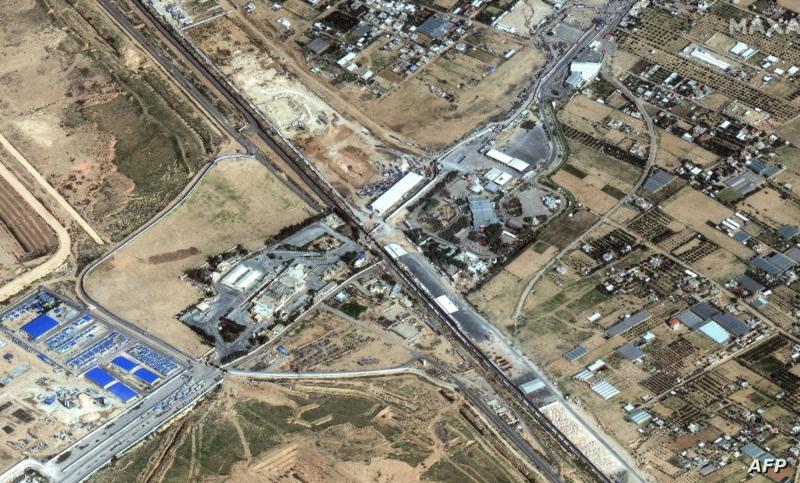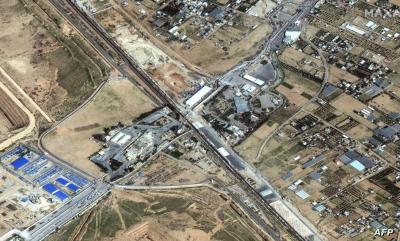The negotiations held on Sunday and Monday in Cairo to agree on a ceasefire in the Gaza Strip and the exchange of prisoners between Israel and Hamas have proven to be anything but easy. Although U.S. Secretary of State Antony Blinken announced yesterday that Israeli Prime Minister Benjamin Netanyahu agreed to a new U.S. (transitional) proposal presented during the discussions in Doha last week, Hamas confirmed that this proposal is completely different from what was presented to the movement last month and accepted.
Amid these developments, some details have emerged about the behind-the-scenes discussions that took place in Cairo over the past two days. An informed official revealed that the Israeli, Egyptian, and U.S. sides met in Cairo on Sunday and Monday to discuss the Philadelphia Corridor (Salah al-Din Corridor). The official indicated that the Israelis, based on Netanyahu’s orders, presented a map showing a reduction in the number of Israeli troops in the Philadelphia Corridor without fully withdrawing them. The map indicated that Israeli forces would continue to deploy along the mentioned corridor, according to the U.S. site Axios. This angered the Egyptian side and led to its rejection of the plan.
In this context, one informed official described the talks in Cairo as "fruitless," adding, "We are definitely stuck." This follows statements from Hamas leader Osama Hamdan, who mentioned that the movement had accepted the proposal presented by U.S. President Joe Biden back in May, but Washington failed to convince Netanyahu of it. He emphasized that the Israelis had backtracked on issues included in Biden's document, suggesting that Netanyahu's claim of agreeing to the updated proposal indicates that the U.S. administration failed to persuade him to commit to the agreement.
Hamdan confirmed that Hamas respects its commitments and what it agreed upon on July 2, which it communicated to the mediators (Egypt, Qatar, and the United States). The Palestinian movement insists on the withdrawal of Israeli forces from the entirety of the Gaza Strip, a complete ceasefire, the entry of humanitarian aid, and the return of displaced persons from southern Gaza to the north without restrictions. Additionally, it demands the lifting of the Israeli veto on the names of certain Palestinian prisoners that Hamas insists must be released from Israeli prisons.
On the other hand, the Israeli side refuses a full withdrawal and demands continued control over the Rafah crossing as well as the Salah al-Din Corridor, while imposing restrictions on the return to the devastated northern part of the Palestinian territory. It also sets conditions on the list of Palestinian detainees that Hamas is seeking to have released.
It is noteworthy that the "Philadelphia Corridor" is a 14-kilometer-long border strip extending between Gaza and Egypt. This corridor is considered a buffer zone under the peace agreement signed between Egypt and Israel in 1979. Israeli forces reoccupied it along with the Palestinian side of the Rafah crossing last May, yet the Egyptian side has repeatedly affirmed its rejection of this Israeli control over the corridor and the crossing.




